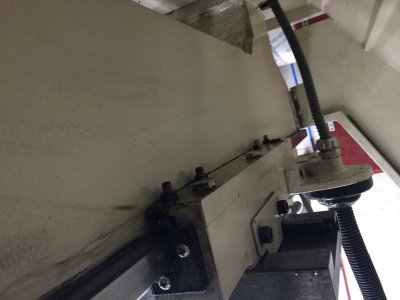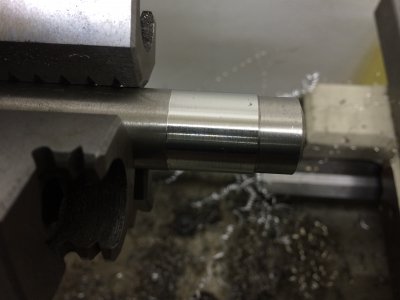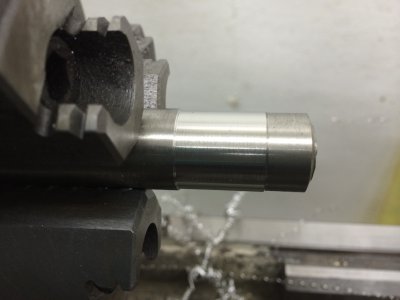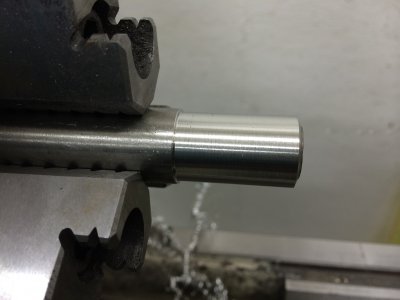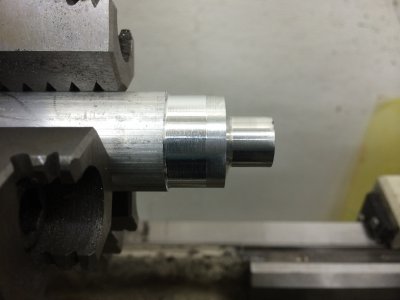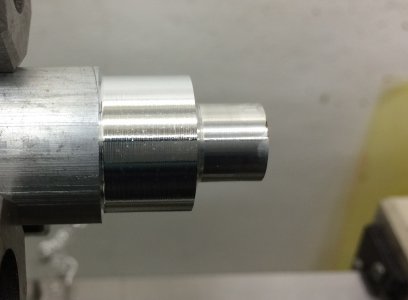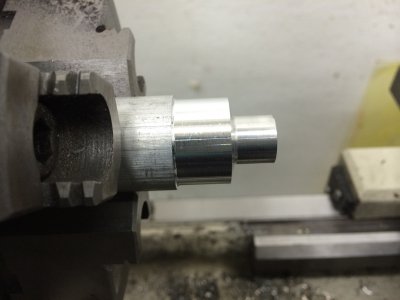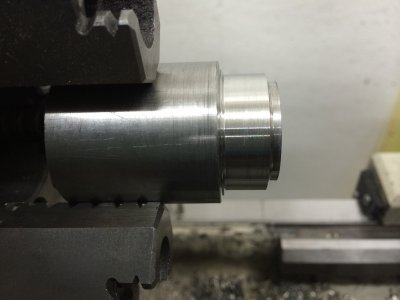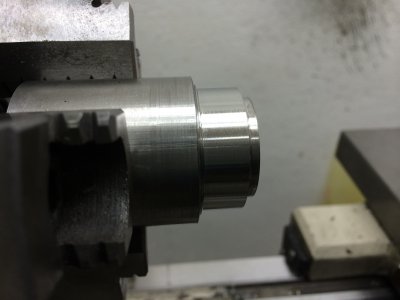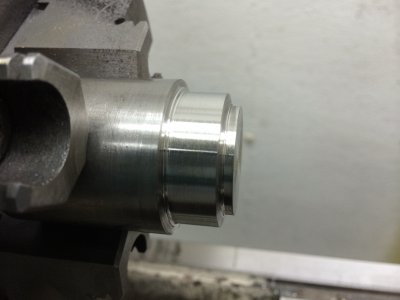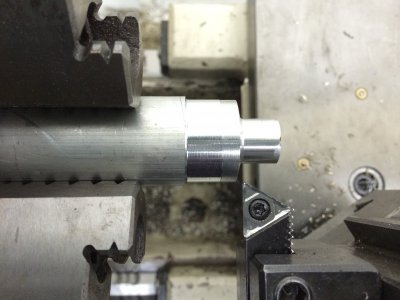The bearings that came out of it were clearly marked as NSK P5 grade bearings. The bearings that replaced them are ISOClass Timken bearings. That only means they follow that specification of measurements. While Timken leads the charge on quality, those bearings are not identified within the Timken high precision catalog. Rather they are in the standard bearing catalog and while I haven't finished reading the 800+ page catalog looking for clues about their ratings, it appears they do not carry an ABEC or ISO P rating of any kind. I would suggest replacing them with at least ABEC 5 or P5 bearings. Timken has this to say about downgrading bearings:
"it is not recommended to fit standard class bearings in place of the original precision ones. This practice would most likely result in uncontrolled movements of the spindle due to the higher runout of standard bearings. This can lead to poor accuracy of machined pieces and premature tool wear."
Best of luck,
Dave
"it is not recommended to fit standard class bearings in place of the original precision ones. This practice would most likely result in uncontrolled movements of the spindle due to the higher runout of standard bearings. This can lead to poor accuracy of machined pieces and premature tool wear."
Best of luck,
Dave


